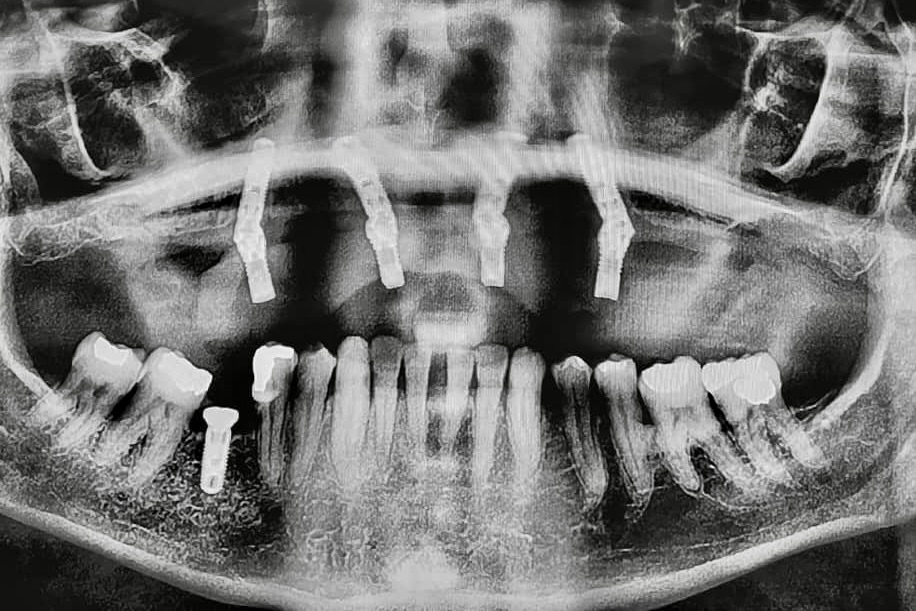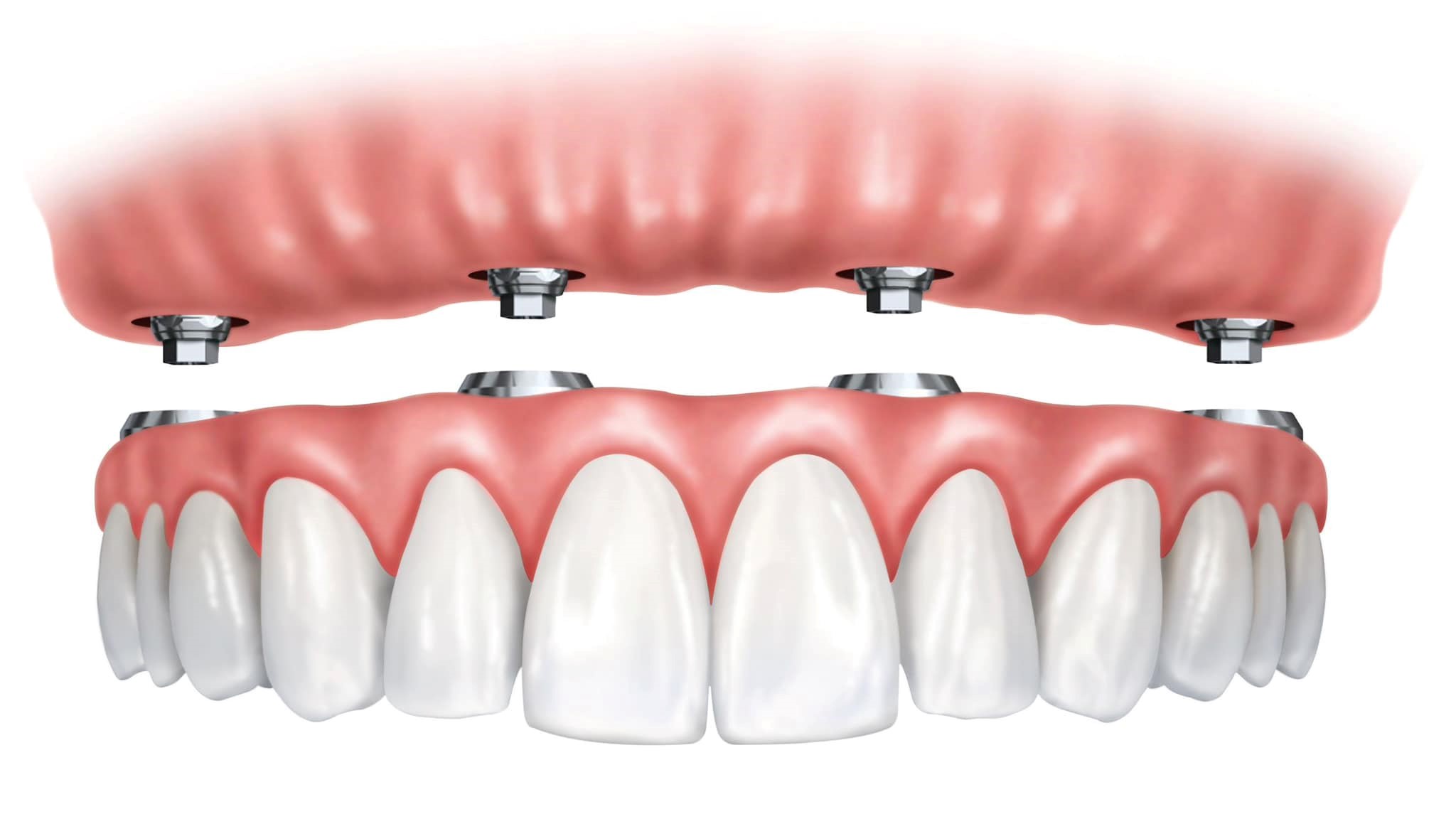
Cosmetic and Restorative Dentistry in Costa Rica specializes in oral surgery and advanced dental implants. Our patients benefit from permanent, fixed, and reliable solutions that restore both function and aesthetics.
Are Dental Implants the Right Solution for You?
If you’ve lost one or more teeth, or if you’re dealing with severe periodontal disease where your teeth have a poor prognosis, or if you’re wearing dentures and would prefer a stable natural denture, in all of these cases dental implants are likely the right choice for you.
What are Dental Implants?
Dental Implants are an outgrowth of the same discipline or orthopedic medicine that brought titanium hips and knee replacement.
They are titanium substitutes for the roots of the missing teeth, providing a foundation to replace the new tooth or teeth.
These roots are pieces made from titanium and they are surgically placed into the jaw. The titanium is a strong metal, biocompatible with the human body.
Important Advantages of Dental Implants Compared to Other Treatment Options:
At our Cosmetic Restorative Dentistry Clinic in Costa Rica, dental implants have become the premier choice for replacing missing teeth.
Here are some key advantages:
- Preservation of Healthy Teeth: Dental implants do not require damage the of adjacent healthy teeth, unlike traditional bridges, which often necessitate grinding down the adjacent tooth structure in order to support the bridge.
- Restore Function: Implants are designed to look, feel, and function like natural teeth, giving back the patient’s ability to chew and speak properly, but it also prevents the bone loss that comes with missing teeth.
- Natural Appearance: providing a seamless aesthetic and restoring full chewing ability.
- Durability and Longevity: With proper care, dental implants can last a lifetime, making them a cost-effective long-term solution compared to other options that may need replacement.
- Bone Health: Implants help maintain jawbone density by stimulating the bone, preventing the bone loss that often accompanies missing teeth.
- Enhanced Comfort: Unlike removable dentures, dental implants are securely anchored, eliminating discomfort and the hassle of removing them for cleaning.
- Improved Speech: With implants, patients experience improved speech compared to dentures, which can slip and cause slurring or mumbling.
- Convenience: Dental implants require no special cleaning routines beyond regular oral hygiene practices, making them a convenient option for daily maintenance.
- Increased Confidence: The stability and natural look of implants can significantly boost self-esteem and confidence in social situations.
Cases in where we indicates implant are:
- To restore a single tooth.
- Restore two or more teeth creating a bridge over the implants.
- All-on-4 technique for a fixed denture.
Considerations to Place a Dental Implants:
- Must have healthy gums, to ensure proper osseointegration.
- Patients should have an adequate level of bone. The amount of bone needed for a successful dental implant placement is determined by the size and location of the implant. An adequate quantity and quality of bone is essential for a successful implant placement.
- Adequate bone density is required to support the implant.
What is a Bone Graft?
A bone graft is a surgical procedure used to enhance the amount of bone necessary for dental implants when there isn’t enough bone density or volume. The procedure involves transplanting bone tissue to the site where an implant is to be placed.
Bone grafts can be taken from the patient’s own body (autograft), from a donor (allograft), or be synthetic (alloplastic). The graft serves as a scaffold, allowing new bone to grow and integrate over time, creating a solid foundation for the implant.
If a patient lacks sufficient bone density due to conditions like periodontal disease, tooth loss, or developmental issues, a bone graft can help restore the necessary structure for successful implant placement.
All- on -4 Technique
The All-on-4 technique has become one of the treatments solution for patients with significant tooth loss, often due to periodontal disease. This approach involves placing four dental implants in each arch to support a full set of fixed prosthetic teeth.
One of the advantages of the All-on-4 method is that it can often be completed in a single visit, allowing for immediate function and aesthetics.
It’s suitable for both arches (upper and lower) and provides a stable, durable option for those who have lost teeth and may have experienced bone loss. This technique is particularly beneficial for patients who may not have enough bone for traditional implants, as it utilizes strategic angling of the implants to maximize available bone.
 |  |

